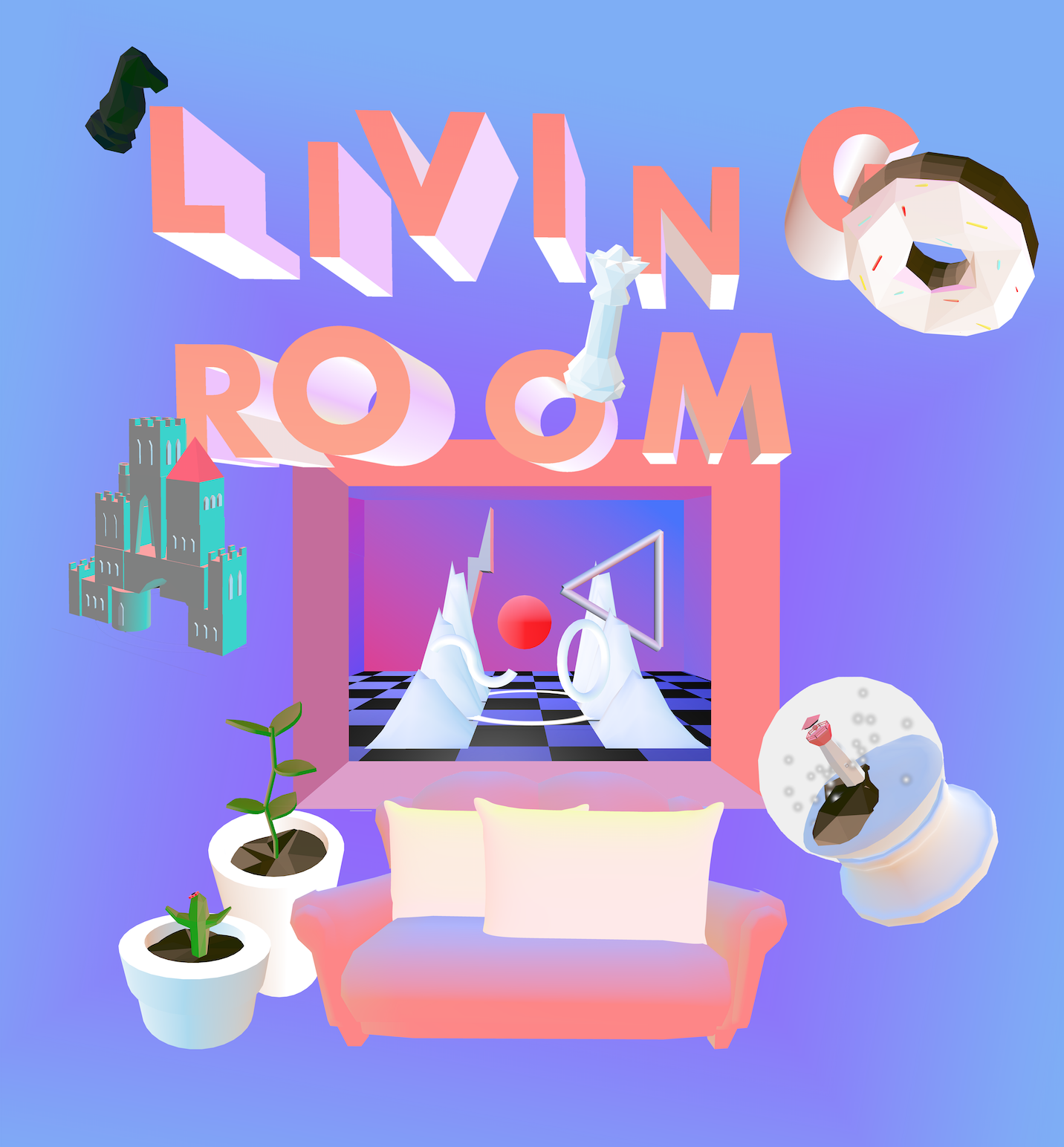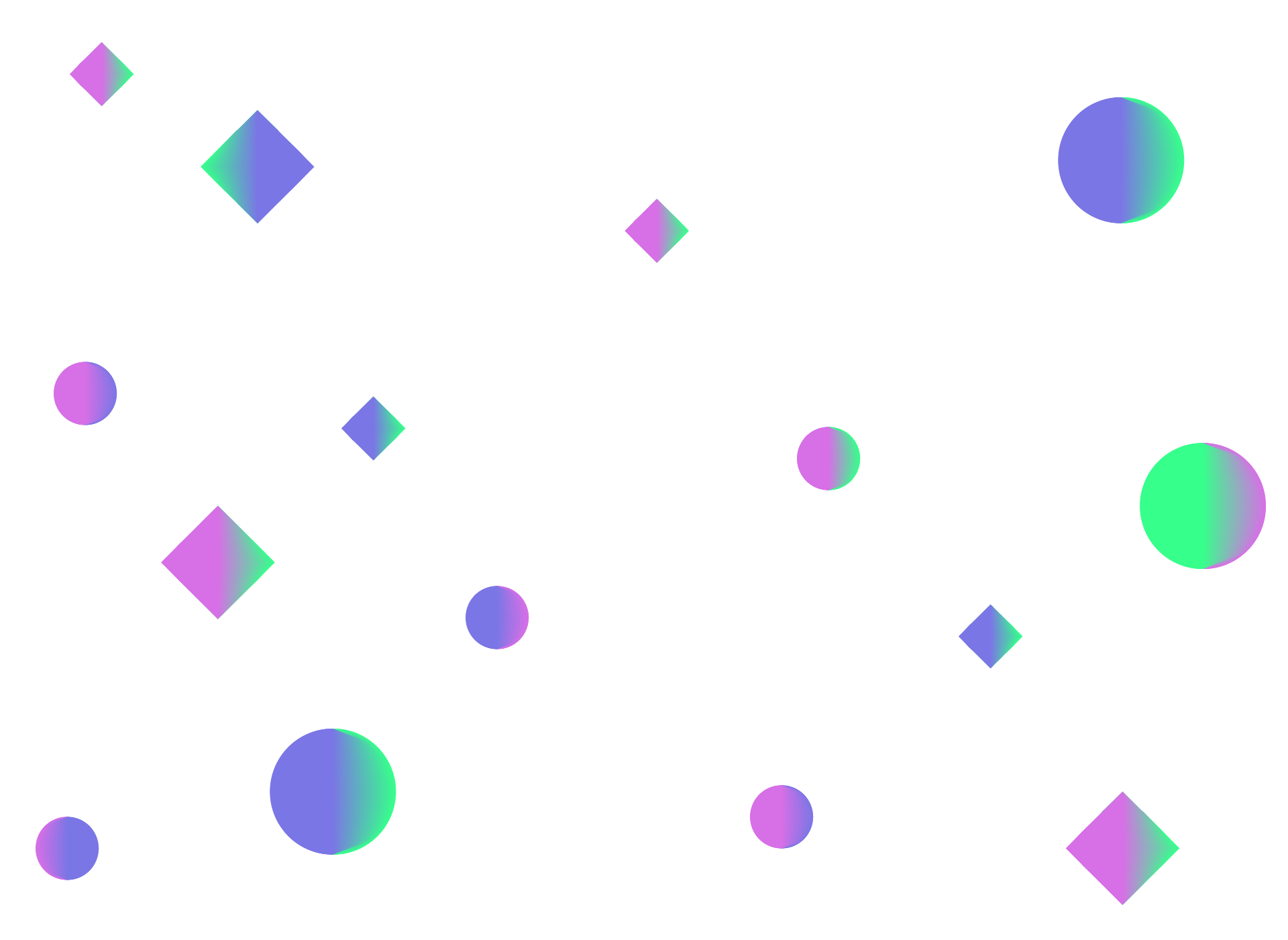PORTFOLIO | LINKEDIN | TWITTER | INSTAGRAM
- Iris is a NYC-based multimedia designer and developer. Her past works include virtual / augmented reality, creative coding, mobile platforms, wearable technologies and interactive websites. She cares about social and environmental justice, and tries to reflect that in her work whenever she can. Her current ambition is to shape future interfaces and social interactions. She focuses on bringing artistic expression to elegant design solutions for all projects she's worked on.
Living Room
An intimate shareable virtual space that brings distant loved ones together.
-
-
The experience serves as a collaboration and communication tool with novelty and affordances in mind. Two players checks into the experience asynchronously to interact with the room, and share feelings with one another through objects, messages and puzzles. Ultimately, the Living Room is a social VR experiment that attempts to bring back volume and texture to online sharing culture.
-
-
-

-
We share a lot of content in the post-internet era. What we share defines who we are, and who we share with defines our relationships with others. Having prototyped immersive content for the past two years, I became more aware of Virtual Reality’s implication on the future of human interactions. Specifically, what might we share on the individual and social level, when we transform our communication devices from 2D flat screen into 3D Holodecks? As a designer and developer, my goal is to create engaging experiences for people to communicate and collabrate. That's howLiving Room got started.
-
-
-

-
WithLiving Room, I'm recreating an intimate virtual space for loved ones to communicate. The two users will check into the room asynchronously, and leave messages through puzzles, objects and space. Overtime, the room will grow with the users, and start to become part of the users’ shared digital identity — translated into the real world, a digital representation of the relationship and its growth between two users.
-
-
-

-
The experience aims to utilize everyday objects as UI elements to craft organic, intuitive and fluent user experience. The affordances embedded in the room will help the users to navigate through objects and space, and ultimately become part of the shared language between two users.
-

